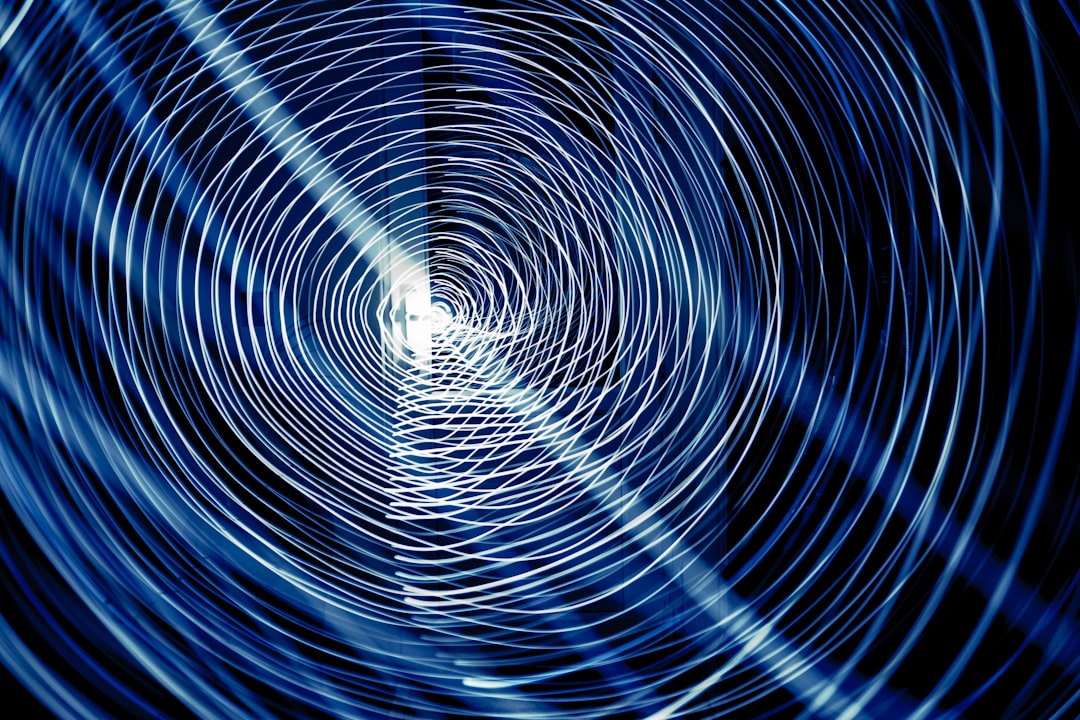What is it about?
Spreading dynamics of infectious disease, such as COVID-19, can reveal the mixing pattern of people from different locations and age groups. To analyze COVID-19 dataset provided by the Korea Disease Control and Prevention Agency, we apply some methods recently developed in network science. Each node of the network represents the location or age group, and the link between two nodes is formed whenever a person belonging to one node infects another person in another node. The derived networks turn out to have a number of triangles, and this fact enables us to predict well which pairs of nodes will be connected in the future.
Featured Image

Photo by Nicki Eliza Schinow on Unsplash
Why is it important?
The role of triangles in the disease transmission networks has been largely unexplored. Such triangles may show how people having different backgrounds mix together as the disease spreads by face-to-face interaction, which shall be an important information for effectively blocking the spread pathway of infectious disease.
Read the Original
This page is a summary of: Clustering and link prediction for mesoscopic COVID-19 transmission networks in Republic of Korea, Chaos An Interdisciplinary Journal of Nonlinear Science, January 2023, American Institute of Physics,
DOI: 10.1063/5.0130386.
You can read the full text:
Contributors
The following have contributed to this page










